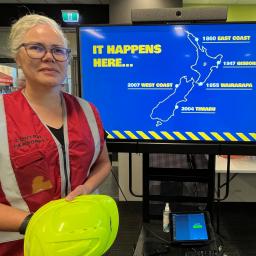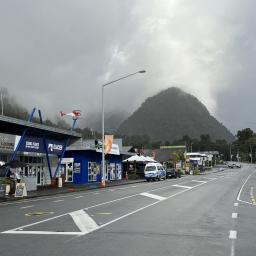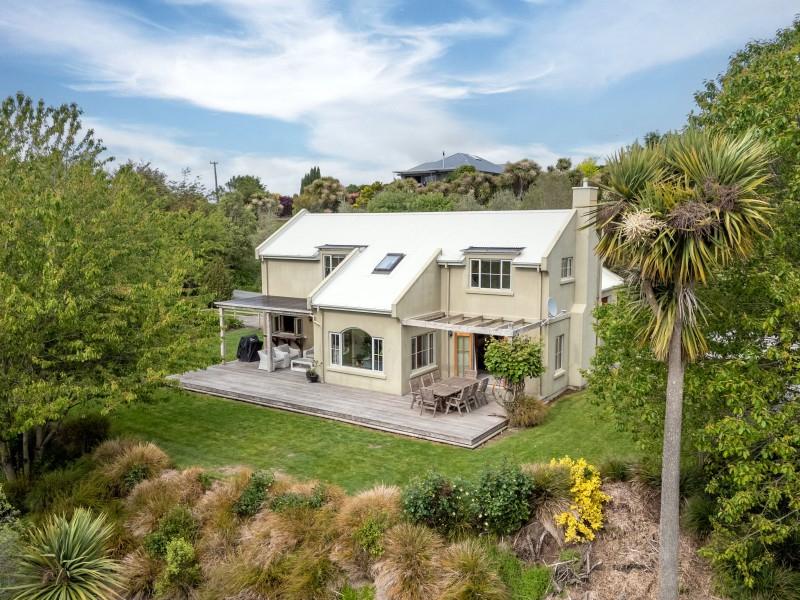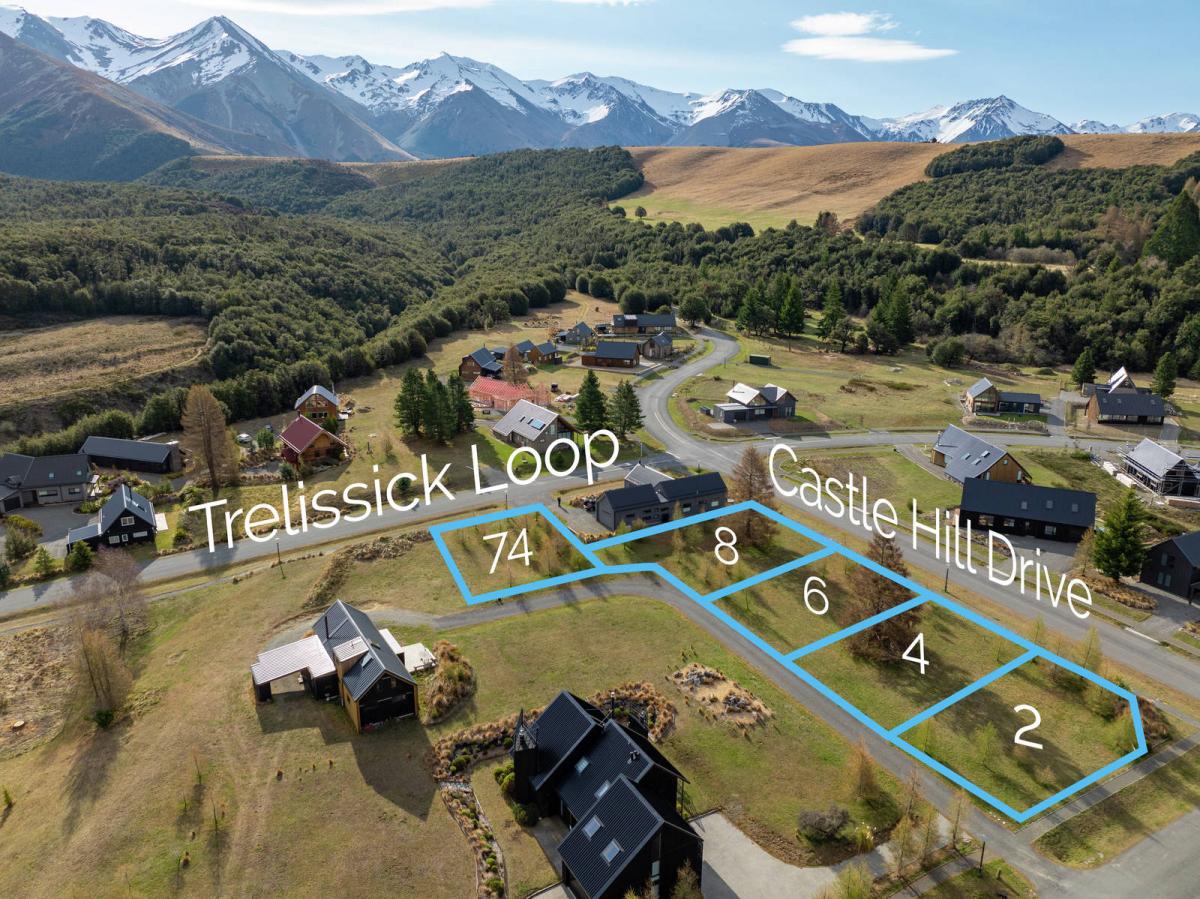Emergency resilience fund ‘completely over subscribed’
By local democracy reporter Brendon McMahon:
A West Coast request for resilience funding from the national emergency agency has been partly rejected due to a lack of money.
About $500,000 was funded from a $1.4 million request, a meeting of the West Coast Emergency Management Joint Committee heard on November 8.
The application was made to the National Emergency Management Agency (NEMA) resilience fund, which is targeted towards civil emergency welfare measures.
Committee members heard the national fund was oversubscribed by more than $4m due to the volume of applications.
The West Coast application was to install shipping containers to hold welfare supplies at five key locations across the region, to be utilised in a major Alpine Fault earthquake (AF8) catastrophe.
The South Island is predicted to be overdue for a magnitude 8-plus quake by about 30 years.
Given the West Coast's high vulnerability to a major earthquake, its region's scattered communities have been told to expect to be self sufficient for days, if not weeks, in a major disaster.
There was to be one resilience container each for Buller, Grey and Westland and the two marae.
The scope of the container contents was based on what other regions had in their welfare containers "without overpitching it".
West Coast Emergency Management Joint Committee chairperson Jamie Cleine said it was important for the region reapply.
He noted the key role of the region's two marae at Arahura and Bruce Bay, which needed to be emergency response centres in an emergency.
In the meantime the councils had pitched in some of their own resources to help move the project forward, Cleine said.
Te Rūnanga o Ngāti Waewae chairperson Francois Tumahai said the Arahura Marae was designated as an emergency activation centre.
"It seems a bit strange we're not kitted up for it. As you know, with the Kaikōura (earthquake) event, the marae were the first to kick in.
"I think it's a no-brainer to be honest."
Brown said they have been bidding to the long-term plan budget planning of the region's three territorial authorities and the West Coast Regional Council.
They were proposing an increased budget to focus on the welfare and planning aspects of emergency management regionally. They were also seeking more finance to upgrade the website, and for training.
Poll: Do you think NZ should ban social media for youth?
The Australian Prime Minister has expressed plans to ban social media use for children.
This would make it illegal for under 16-year-olds to have accounts on platforms including TikTok, Instagram, Facebook and X.
Social media platforms would be tasked with ensuring children have no access (under-age children and their parents wouldn’t be penalised for breaching the age limit)
.
Do you think NZ should follow suit? Vote in our poll and share your thoughts below.

-
85.1% Yes
-
13.4% No
-
1.5% Other - I'll share below
Got a Minute? Prove You’re the Smartest Neighbour!
What is it that when given one, you’ll have either two or none?
Do you think you know the answer to our daily riddle? Don't spoil it for your neighbours! Simply 'Like' this post and we'll post the answer in the comments below at 2pm.
Want to stop seeing riddles in your newsfeed?
Head here and hover on the Following button on the top right of the page (and it will show Unfollow) and then click it. If it is giving you the option to Follow, then you've successfully unfollowed the Riddles page.

Paint it orange with Resene for Arthritis NZ!
Buy any orange Resene testpot 60 ml at your local Resene owned ColorShop in November and Resene will donate $1 to Arthritis NZ!
The more orange testpots you buy, the more will be donated.









 Loading…
Loading…

















